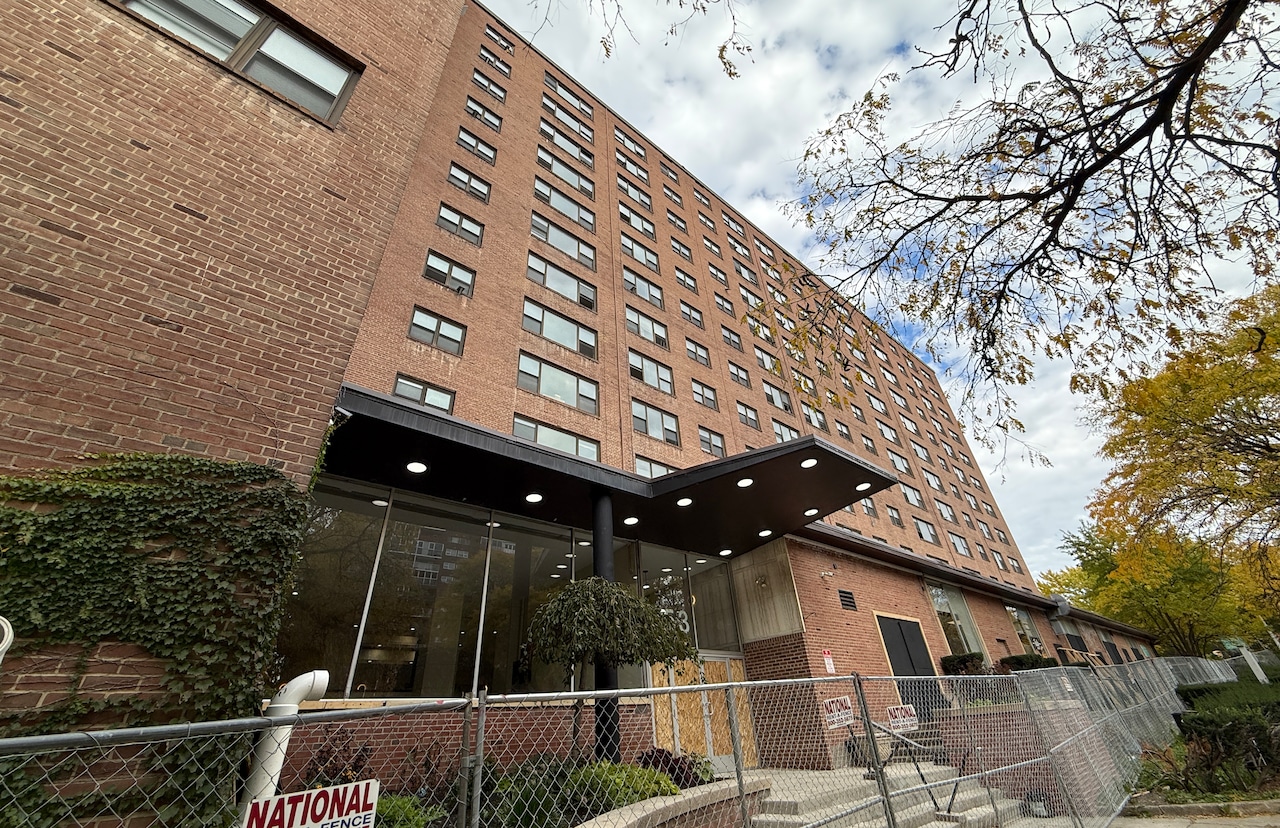Copyright Inc. Magazine

Companies of all sizes and activities are moving swiftly to boost productivity by integrating artificial intelligence (AI) applications to automate tasks previously performed by employees. But recent reports clash significantly in calculating AI’s effects on humans as they they measure the tech’s effectiveness, while also diverging on whether larger corporations seem to benefit from AI more than smaller businesses. In the end, the difference in those analyses appears to be opinions about how fast and far AI should go in replacing humans in a given workplace, and how beneficial machines taking over from employees is to the results sought in using the tech. The first of those inquiries came from Wells Fargo chief equity strategist Ohsung Kwon, who compared changes in revenue generated per each worker on the staffs of big S&P 500 firms. He then made the same calculation for companies on the small cap Russell 2000 index. Using the 2022 release of OpenAI’s ChatGPT AI bot as the starting point, Kwon’s team determined that the increased scaling abilities of larger corporations allowed them to benefit from the tech’s automating capabilities to boost the output — and with it revenue — of workers they employed. During the same period, by contrast, it found productivity of the modest-sized businesses fell. Featured Video An Inc.com Featured Presentation ″While productivity for the S&P 500 has soared 5.5 (percent) since ChatGPT, it’s down 12.3 (percent) for the Russell 2000,” Kwon wrote in a recent note to clients, and which was featured in a CNBC report on the differing results of AI adoption in business. “We see other examples of diverging trends in consumer, industrial, and financial markets.” But much like today’s big news that Amazon is laying off 14,000 corporate employees as it expands its use of AI across the business, Kwon’s measurement of productivity gains appears to depend mainly on human workers losing their jobs to the tech. Even if overall output remains the same or even dips following tech-driven headcount reductions, the lower number of total workers — and payroll savings added back into the bottom line — mechanically boosts per employee claim of revenues generated. In addition to Amazon, the CNBC report lists big companies like Meta, UPS, Starbucks, Oracle, Microsoft, Google, and others as having announced big staff cuts this year. Those were undertaken to streamline their structures, but primarily to make way for use of AI to automate many of the tasks eliminated employees previously performed. That willingness of big companies to sacrifice employees, cut labor costs, and boost revenues by scaling their use of AI appears to explain why they’ve benefitted more from the tech than small business owners under Kwon’s analysis. After all, even entrepreneurs responsive to investor demands for increasing returns tend to be more hesitant about laying off people they’re often working in close contact with than corporate managers. Any aversion to company founders cutting staff as an integral part of AI adoption may well also explain another of Kwon’s findings. While the S&P 500 rose 74 percent since use of AI took off in 2022, the Russel 2000 increased by just 39 percent — probably reflecting investor views about where the biggest, fastest potential boosts to share prices are. Still, none of that means smaller companies are holding back on introducing the tech to their workplaces, or missing out on the productivity gains it can offer. A recent survey of small business owners in the U.S. Australia, Canada, and the U.K by Intuit QuickBooks Small Business Insights found nearly 70 percent of respondents used AI on a daily basis, with 75 percent reported increased productivity as a result. Around 15 percent of participants said adoption of the tech had allowed them to create jobs, with only 5 percent saying they’d cut headcounts instead. Results of a recent study by business consultancy Deloitte also measured successful adoption of AI in other ways than it merely reducing headcounts and costs, and thereby increasing revenues. Its “Humans x Machines” argues that both big corporations and small businesses that focus primarily on the tech rather than the employees who use it end up with disappointing results. Its survey found that nearly 60 percent of responding companies that allowed tech experts to deploy AI first and ask workplace questions about its use and effectiveness later are 1.6 times more likely to report lower return on their investment than other businesses. Companies with the best outcomes, the report said, are organizations that allowed human relations and other managers to work with staff to identify the most useful kinds of AI applications, train workers to adopt them, then encourage continued deployment of those tools across the business. The report concluded that the tech will never meet its effectiveness potential unless business leaders prepare employees to enable that beforehand. “(M)ost organizations are investing heavily in AI, but not enough in the work design needed to unlock its value,” said Deloitte US human capital head of research and chief futurist David Mallon in comments about the study. “This shouldn’t be an ‘either/or’ approach — it should be a ‘both/and’ strategy to maximize value. Organizations that take a technology-first approach struggle to scale, while those that intentionally design roles, workflows, and decision-making to integrate humans and machines are more likely to exceed their ROI expectations.”



